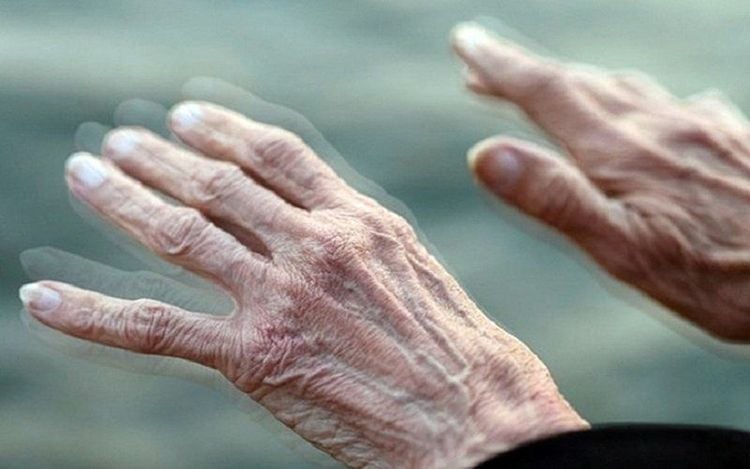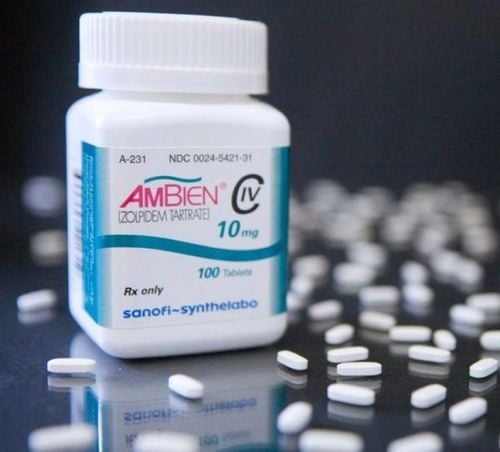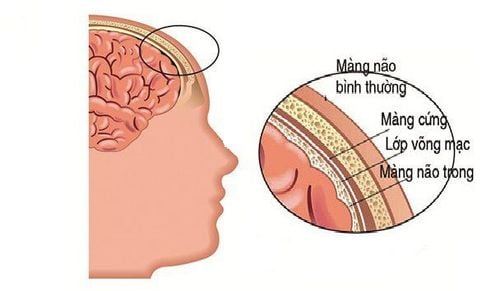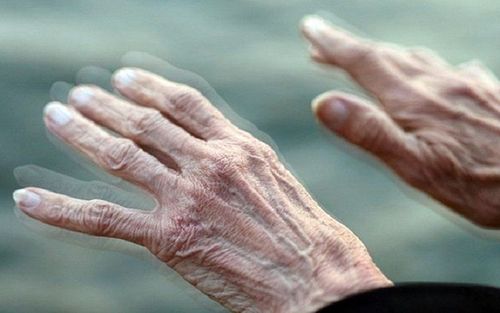This is an automatically translated article.
Article by Master, Doctor Vu Duy Dung - Department of General Internal Medicine - Vinmec Times City International Hospital
Parkinson's disease is a chronic, progressive and disabling disease characterized by both motor and non-motor symptoms. It affects millions of people worldwide and is the second most prevalent neurodegenerative disease after Alzheimer's disease.
1. Introduction
Parkinson's patients experience progressive extrapyramidal motor symptoms, including tremors, bradykinesia, muscle stiffness, loss of balance, and a variety of nonmotor symptoms such as sleep disturbances and emotional disturbances. Despite its progressive nature, Parkinson's disease remains one of the few neurodegenerative diseases whose symptoms can readily be treated with dopamine replacement therapy.
2. A Brief History of Parkinson's Disease
British physician, James Parkinson, first characterized Parkinson's disease in his 1817 monograph "An Essay on Vibration". Parkinson's has described many people presenting with rest tremors, shuffling gait, stooped posture, sleep disturbances, and constipation. He noted the progressive nature of the disease and the severe disability it caused and called it paralysis agitans. Charcot then detailed the disease, added bradykinesia and muscle stiffness to the group of symptoms, and renamed the disease Parkinson's disease.

Bệnh parkinson được xác định lần đầu năm 1817 qua chuyên khảo "Một bài luận về Liệt rung"
During the 1950s Carlsson discovered that levodopa reversed reserpine-induced immobility, paving the way for its use as a treatment for Parkinson's disease. Cotzias and colleagues discovered that levodopa improved symptoms of Parkinson's disease in 1967 when he administered DL-dihydroxyphenylalanine (DOPA) to patients with Parkinson's syndrome and achieved promising results. Levodopa, when combined with carbidopa, became the cornerstone of medical therapy and remains so to this day.
Significant advances have been made in the second half of the 20th century and in the 21st century on the physiological mechanisms and additional treatment options for Parkinson's disease. While levodopa continues to be the cornerstone of medical therapy, an association has been observed between high-dose levodopa, disease progression, and onset of motor fluctuations. Dopamine agonists, monoamine oxidase type B (MAO-B), and catechol-O-methyltransferase (COMT) inhibitors have found a place in the therapeutic arsenal, along with new forms of levodopa .
Surgical treatments for symptoms resistant to optimal medical therapy have also been developed, including deep brain stimulation (DBS).
The 21st century has also seen remarkable discoveries about the genetic causes of Parkinson's disease, while great advances have been made in the pathogenesis. Research continues to focus on potential neuroprotective and nerve-repairing therapies.

Kích thích não sâu được chỉ định để điều trị phẫu thuật bệnh Parkinson
3. Epidemiology of Parkinson's disease
Parkinson's disease affects millions of people worldwide, and the number of patients could double by 2030. It is estimated that Parkinson's disease affects about 1% of people over 60 in the US. The mean annual age-standardized incidence of Parkinson's disease in people over 65 years of age in high-income countries is 160 per 100,000 people. The lifetime risk of Parkinson's disease is 2% in men and 1.3% in women 40 years of age and older. The incidence of Parkinson's disease before age 50 is low but increases with age. Men have a higher risk of Parkinson's disease. The age-standardized overall male:female ratio was estimated to be 1.46 (95% CI 1.24 – 1.72). There is no place in the world that is immune to Parkinson's disease.
Source:
Theresa A. Zesiewicz. Parkinson's Disease. Continuum (Minneap Minn) 2019;25(4, Movement Disorders): 896-918.
SEE MORE DOCUMENTS ON PARKINSON'S DISEASE OF DOCTOR VO DUONG:
Outline of Parkinson's Disease Clinical Symptoms of Parkinson's Disease Diagnosis of Parkinson's Disease Causes, diagnostic imaging and grading scales of Parkinson's patients Parkinson's disease medicine Parkinson's disease treatment Outpatient visit for Parkinson's disease














